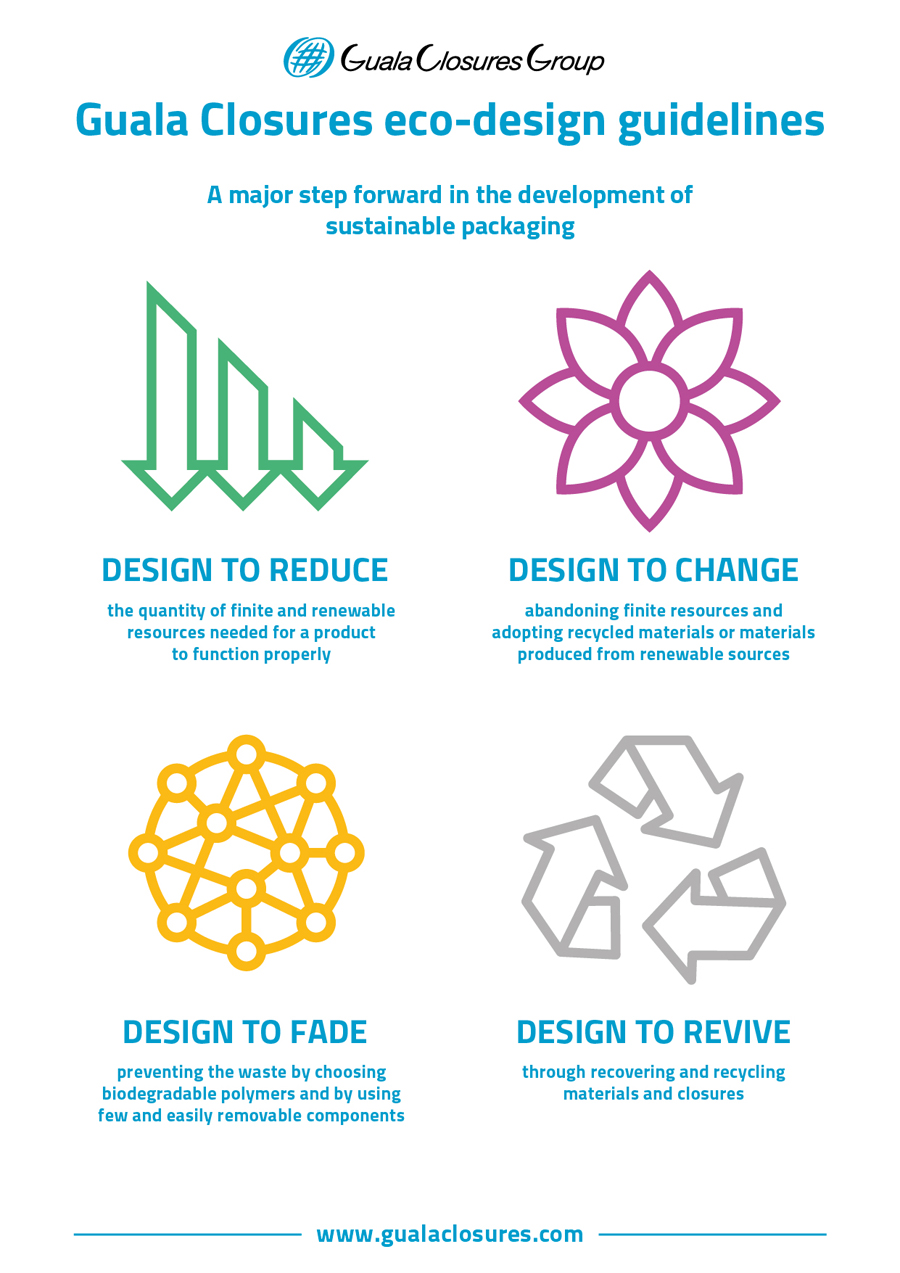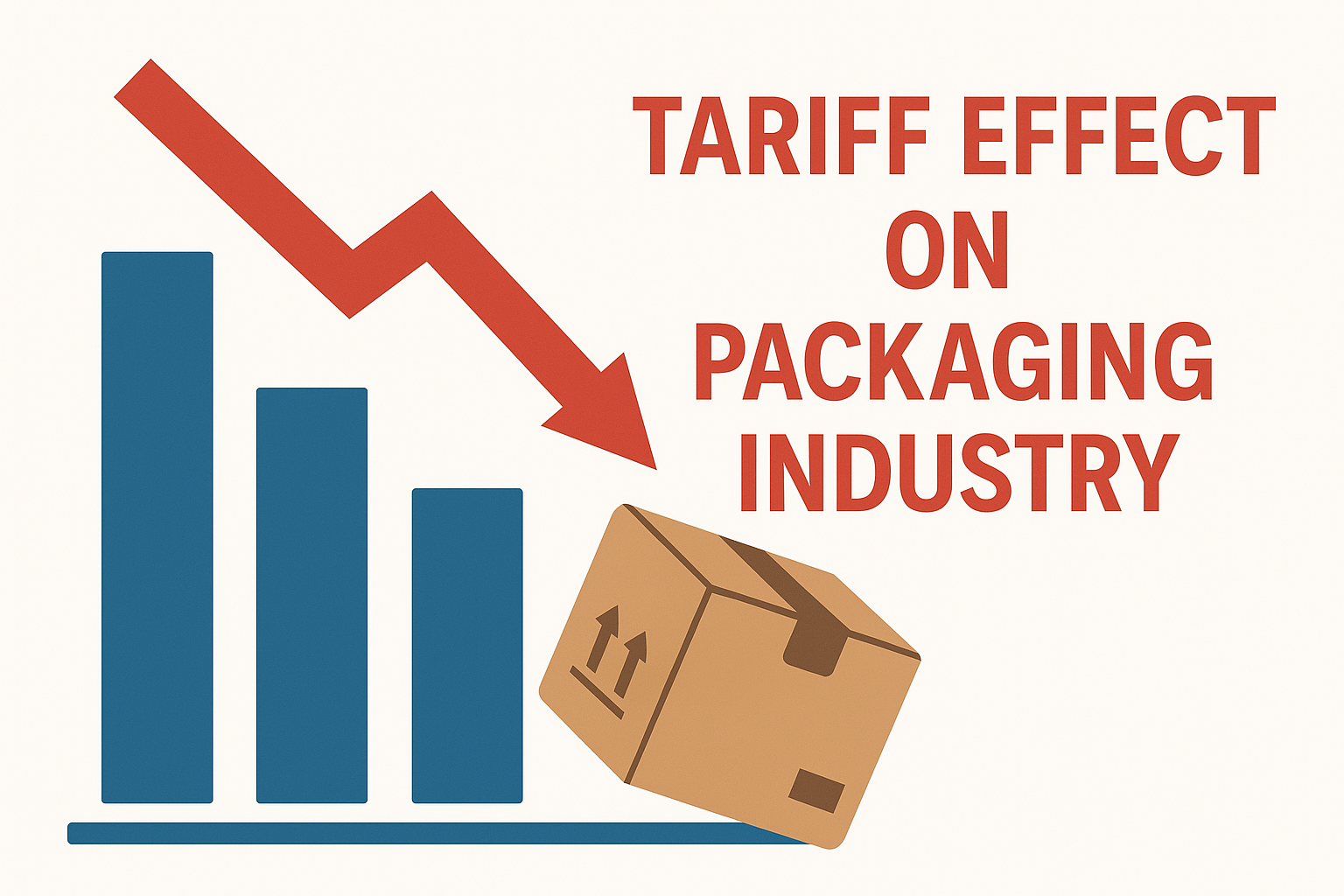Presentation will provide an update on marijuana business trends & legalization in the US, and explore safe yet aesthetically
pleasing packaging possibilities for manufacturers.
Oberdiessbach, Switzerland – Hoffmann Neopac, a global provider of high-quality packaging for a broad array of industries and applications, will host a webinar exploring best packaging practices for the burgeoning North American cannabis market. Scheduled for September 29 at 2pm EST, the hour-long webinar will feature executive-level Hoffmann Neopac presenters well-versed in the cannabis packaging landscape. Interested parties can register for the event here.
The presentation will feature customer case studies, in which cannabis manufacturers who have partnered with Hoffmann Neopac share insight on differentiating brands in an increasingly competitive marketplace via child-resistant, sustainable packaging solutions.
Those attending will receive an in-depth overview on the state-by-state US medicinal and recreational regulations, and on business trends for various cannabis formats – including edibles, flowers, pre-rolls, tobacco and creams – on which marijuana is leaving its mark. An update on the sector’s strength as it emerges from the COVID-19 pandemic will be provided, as presenters will illustrate where the cannabis packaging landscape is and where it is going with an honest assessment of challenges, opportunities and emerging solutions.
The webinar will highlight Hoffmann Neopac’s dual packaging specialties — tins and tubes — and how they can be employed to meet child-resistance requirements and sustainability demands while providing exemplary product protection and on-shelf aesthetics.
For example, the company’s range of CR Tins, which combine child-resistance, product protection/efficacy and attractive aesthetics. have proven popular with a wide variety of cannabis products. Hoffmann Neopac’s CR Tins are made of tinplate steel with a polypropylene (PP) plastic insert, which offers an aroma barrier while retaining the package’s overall recyclability. The tins satisfy the child resistance standard for 16 Code of Federal Regulations (CFR) 1,700, including those in the US and Canada. For decoration flexibility, they can come either in basic silver for easy labeling, or as full-color, custom-printed tins. Compliant with requirements in various global markets, the certified child-resistant containers are 70mm in diameter and available in volumes of 50ml, 100ml and 500ml.
Neopac’s wide range of tube solutions also will be showcased. Here, the company offers its signature Polyfoil® tubes, which provide exemplary protection for cannabis products requiring elevated barrier properties. These can be matched with a wide range of applicators, including child safe versions, rollers and droppers.
Finally, for marijuana manufacturers looking to stress sustainability, Neopac’s EcoDesign portfolio includes RECYCLED TUBE featuring 64% recycled, “FDA food-contact” compliant polyethylene plastics; Sugarcane Tube, made from renewable raw materials and offering the same characteristics and processability as fossil-based polyethylene; and PICEA™ wood tube, comprised of 95% renewable material in the tube body and shoulder – including 10% of spruce wood from wood waste in sawmills.
# # #
About Hoffmann Neopac
Hoffmann Neopac is a privately-owned company, headquartered in Thun, Switzerland. The group produces high-quality metal and plastic packaging in six locations: HOFFMANN tins in Thun and CMP tins in Holland; Polyfoil® and plastic tubes with NEOPAC in Switzerland, Hungary and the US; and 3D Neopac in India. Its longstanding customers include internationally active pharmaceutical, cosmetics and consumer goods manufacturers in the European, North American and Asian markets.
Including its new production facility in the United States, Neopac employs around 1,250 employees and has a capacity of 1.3 billion tubes. The company is dedicated to sustainability in both its manufacturing processes and corporate culture, including a dedicated eco-conscious packaging portfolio. For more information, visit www.neopac.com.
contact: Christopher Dale
Turchette Agency
(973) 227-8080 ext. 116
cdale@turchette.com






















